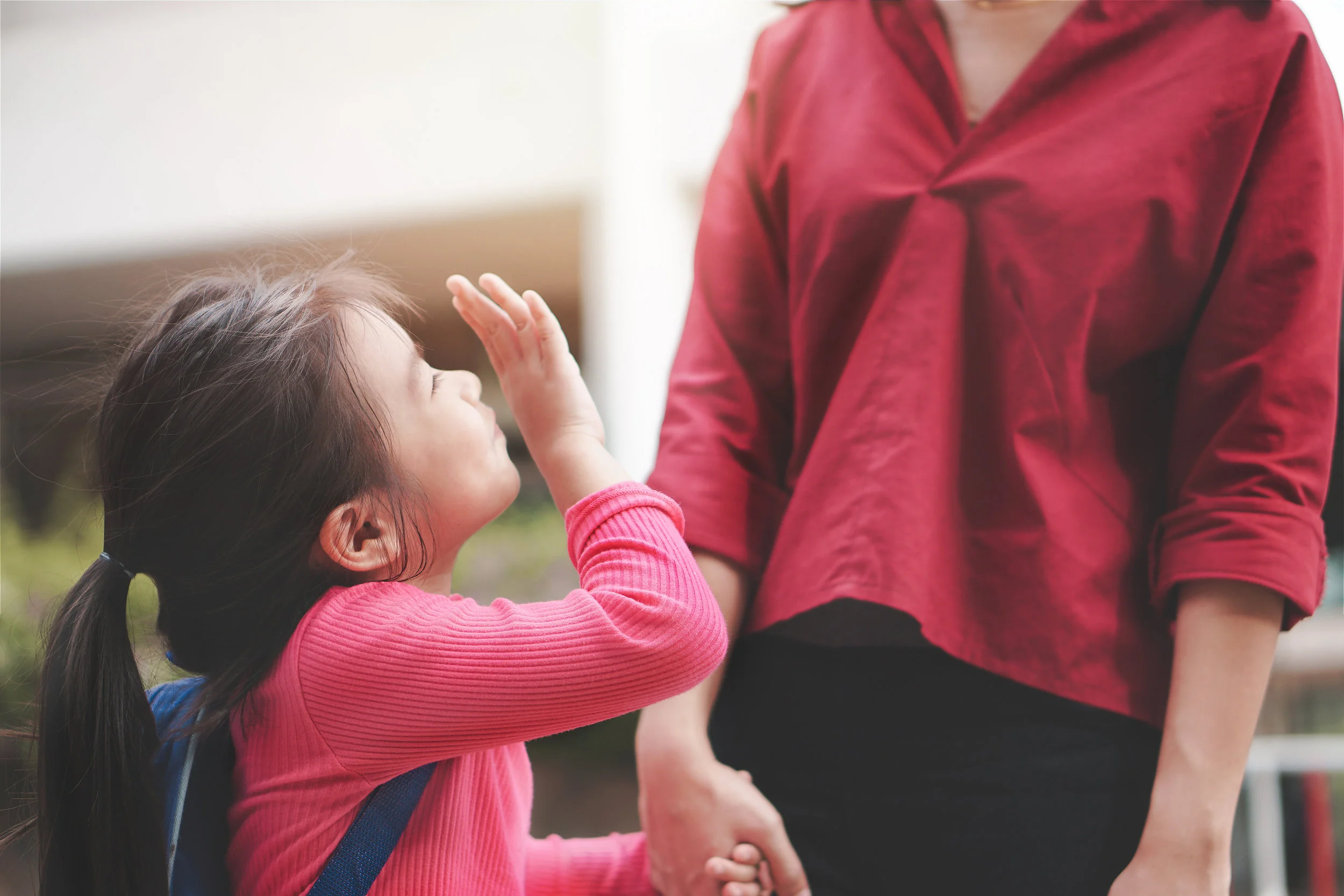Guest Blog: Is There Power In Pausing?
As a parent, it is easy to get swept up in life’s current. The endless to-do lists, the packed schedules, and the feeling of never quite being able to catch up can make parents feel as if they are on “automatic pilot” or “going through the motions.” As Tessa Watt in her book Mindfulness: A Practical Guide says “we are human beings, but we have forgotten how to be. We have become human doings, trapped in a mode of always doing, acting, achieving, and keeping busy.”¹ As both a pediatrician and a mom I know that feeling all too well and, at times, have felt worn down by the fast pace and the many moving parts of parenting.
Enter Mindfulness. The practice of mindfulness can help us to reclaim our connection with both ourselves and with our children by creating small pauses, or pockets of stillness, within our day.
Mindfulness has become a hot topic of late but is a rich tradition that has been around for thousands of years. The word mindfulness often conjures up images of wizened and enlightened practitioners sitting in the lotus position and levitating. In truth, mindfulness is a secular practice that is accessible to anyone. You do not have to be a hippie or religious to practice mindfulness.
In its simplest terms, mindfulness is about inhabiting the present moment. It is about letting go of the past and the future in that single moment, and taking the time to pay attention to the here and now. Although seemingly basic, pausing can feel strange, unnatural almost, because we are so used to (sometimes even addicted to) the revved-up energy of activity.
So how do we get to the present moment? The practice of mindfulness provides us with tools to do just that. There are longer, formal practices such as seated meditations and walking meditations and then there are informal practices that may last the length of a breath. Apps like Headspace and Simply Being are good starting points for the formal meditations.
There is much power, however, in the informal practices as well. They are ideal for parents because there is barely any time commitment and no real possibility of failure. Examples of informal practice include taking a deep breath, placing a hand over your heart, hugging your child for a few extra seconds, really anything that will root you to the present moment. Building these moments into your day can over time shift your energy and create a greater sense of time and space. “Mindfulness can help us to create space within the rush and busyness of our lives. In fact, we talk about ‘creating’ space but we don’t actually have to create it-the space is already here, open and infinite.”² It is waiting for you to jump in.
Footnotes:
1 Watt, Tessa, Mindfulness: A Practical Guide (New York: MJF Books, 2012), 25.
2 Watt, Tessa, Mindfulness: A Practical Guide (New York: MJF Books, 2012), 25.
Guest Blogger
Blair Farr is a pediatrician based in Washington D.C. and the mother of two Little Folks School grads. Blair is actually a Little Folks School grad herself! She has completed training programs in mindfulness and continues to nurture her own daily practice.








